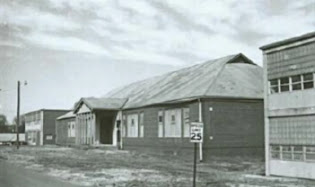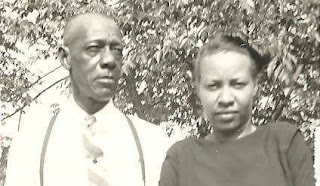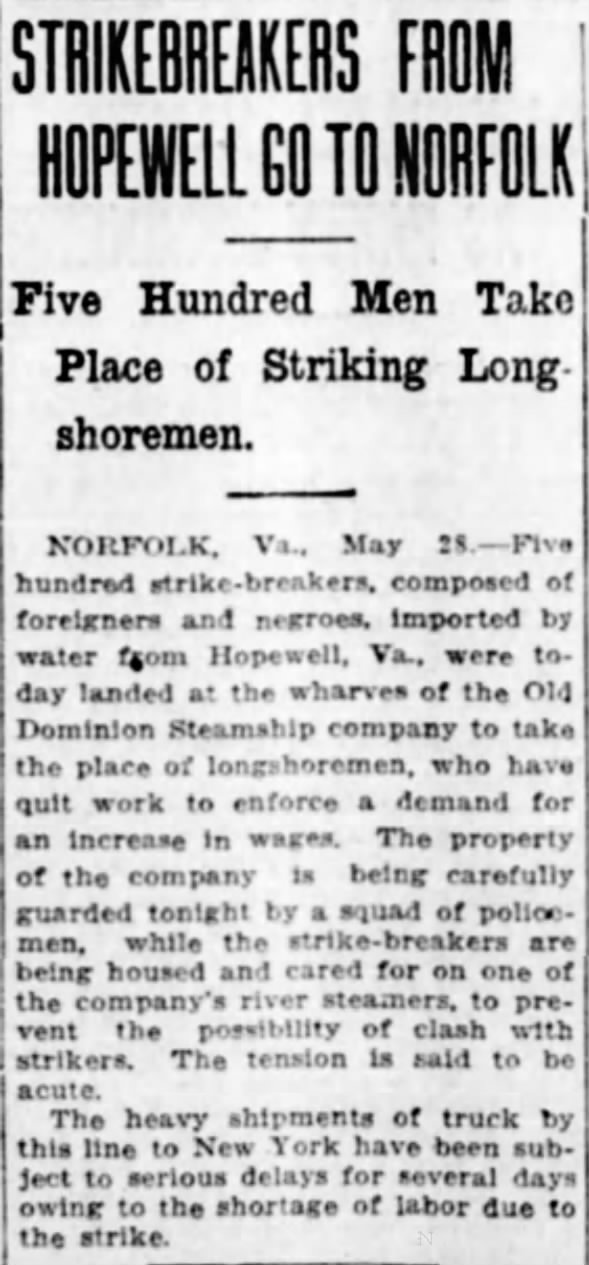 |
| The new Lytle's Grove Rosenwald School, 1927 |
 |
| Torrence-Lytle High School |
In the letter below, dated September 24, 1935, Nathan Carter Newbold, director of North Carolina's Division of Negro Education, is replying to a letter from John Frank Lytle. The letter is addressed to J.L. Lytle, in care of I.D.L. Torrence. The topic is the need for high schools and transportation in northern Mecklenburg County, to accommodate more than 200 black children who are prepared to advance but have nowhere nearby to go to school.
 |
| Old Lytle's Grove School, 1927 |
Charlotte-Mecklenburg Historic Landmarks Commission. (n.d.). Survey and research report for the Torrence-Lytle School. http://landmarkscommission.org/wp-content/uploads/2016/10/Torrence-Lytle-SR.pdf
Chris Folk Papers. (n.d.). A history note: Torrence-Lytle School. University of North Carolina at Charlotte. https://atkinsapps.charlotte.edu/node/17069
Corine Cannon Oral History, 2019. Pearl Digital Collections. Presbyterian Historical Society. https://digital.history.pcusa.org/islandora/object/islandora%3A150680
Griffith, Nancy. (2021). Rosenwald Schools: Special Davidson history column for Black History Month. News of Davidson. https://newsofdavidson.org/2021/02/18/34004/rosenwald-schools-special-davidson-history-column-for-black-history-month/
New Lytle's Grove School. State Archives of North Carolina. Department of Public Instruction: School Planning Section, School Photographs File, Box 5. https://www.flickr.com/photos/north-carolina-state-archives/51479650760/in/photostream/
North Carolina Digital Collections. (n.d.). Correspondence: Rosenwald Fund, Box 4, Folder E, 1927-1928. https://digital.ncdcr.gov/digital/collection/p16062coll13/id/1304/rec/2
North Carolina Digital Collections. (n.d.). General correspondence of the director, last name J to L, September 1935-August 1936. https://digital.ncdcr.gov/digital/collection/p16062coll13/id/77464/rec/1
North Carolina Digital Collections. (n.d.). Report of N.C. Newbold, State Supervisor rural schools for Negroes for North Carolina, For the Month of February 1914. https://digital.ncdcr.gov/digital/collection/p16062coll13/id/15941/rec/3
Old Lytle's Grove School. State Archives of North Carolina. Department of Public Instruction: School Planning Section, School Photographs File, Box 5. https://www.flickr.com/photos/north-carolina-state-archives/51479446819/in/photostream/










